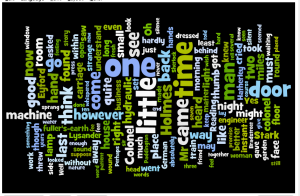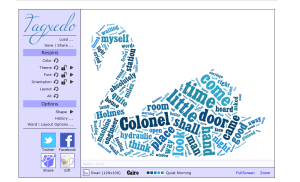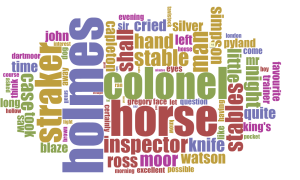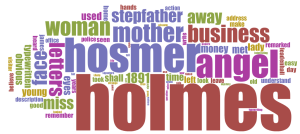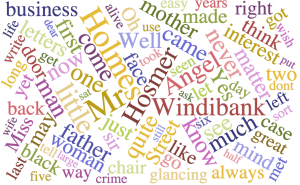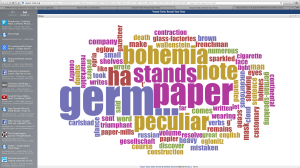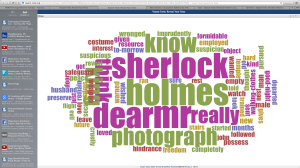One of my favorite short stories is The Yellow Wallpaper by Charlotte Perkins Gilman. It was first published in 1892. In the haunting narrative, Gilman critiques common medical practices for women affected by things such as “hysteria” and “neurasthenia” after childbirth. My sources for the information are scattered throughout this post as links.
The common treatment of the time was the “rest cure.” It left the woman tethered to a bed with no means to express herself, writing or otherwise.. This supposedly promoted healthy blood flow, and removal from too much stimulation. It’s now widely recognized as a load of junk, a part of a largely misogynistic tradition that controlled women’s bodies. Nevertheless, Doctor Silas Weir Mitchell and his bed rest cure has a solidified place in literature, women’s health, and history.
Based on the story, and my slight interest in the subject matter, I chose to look at the terms “apothecary,” “hysteria,” and “neurasthenia” on the Oxford English Dictionary.




